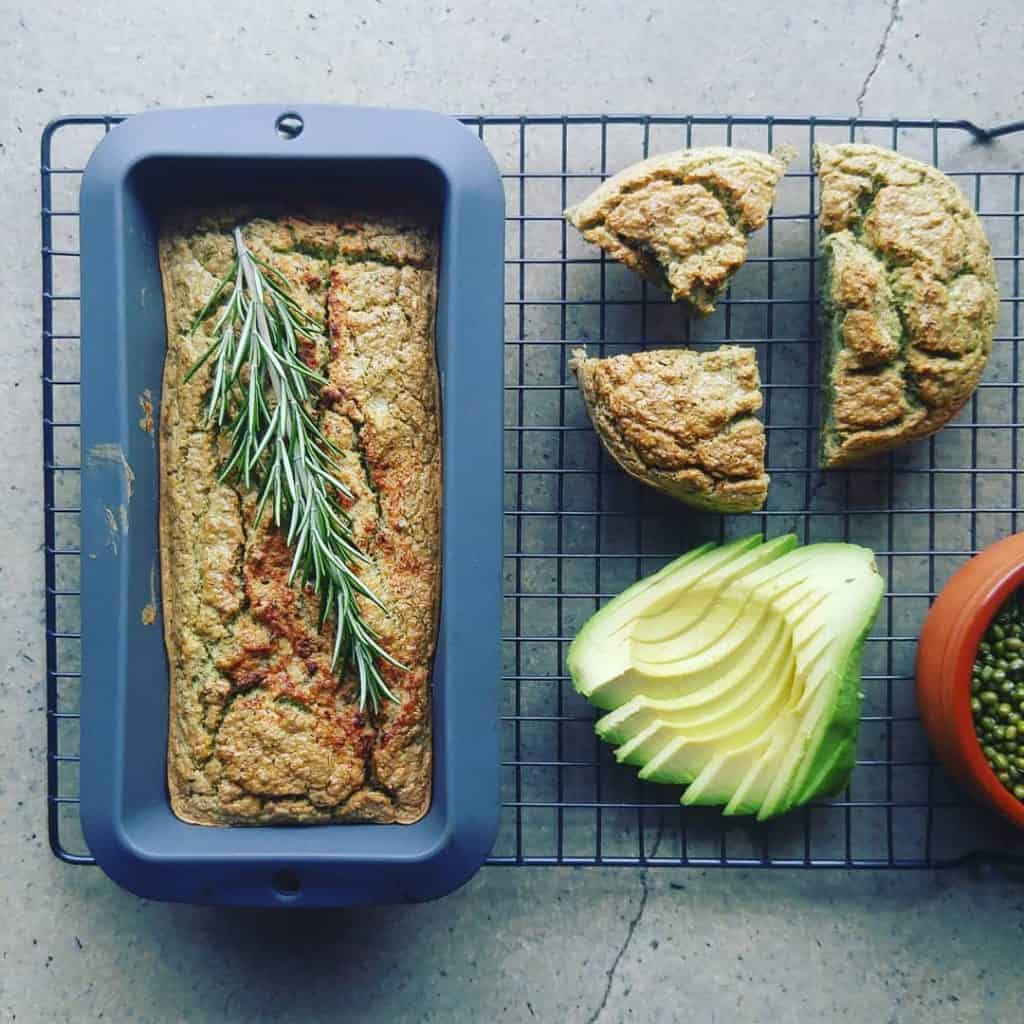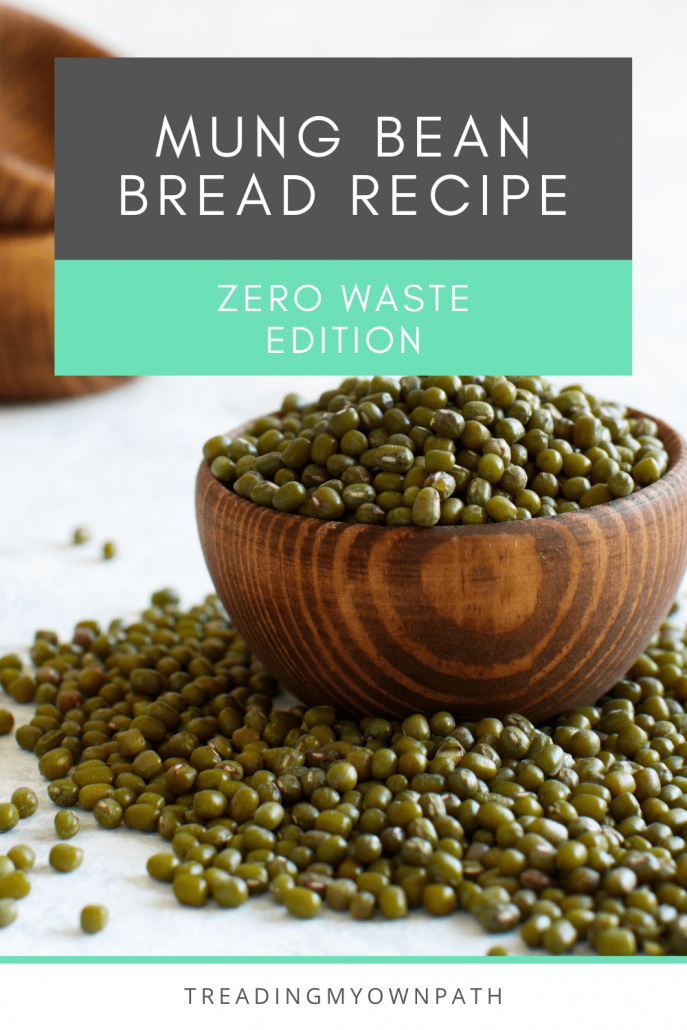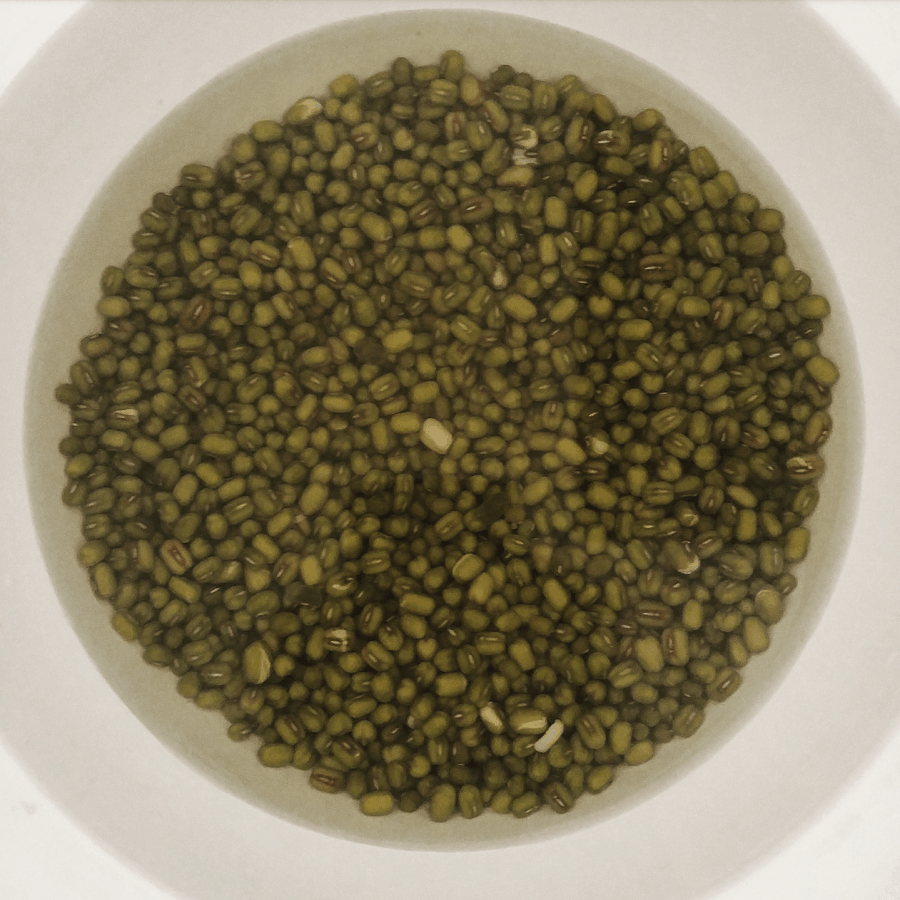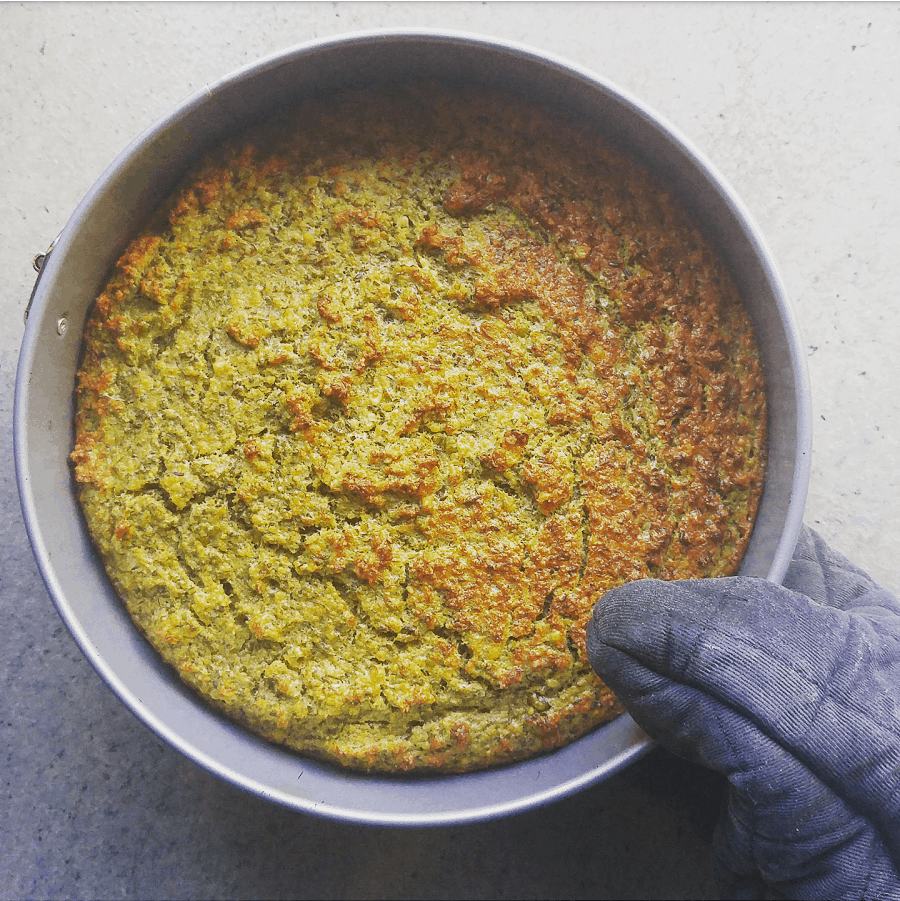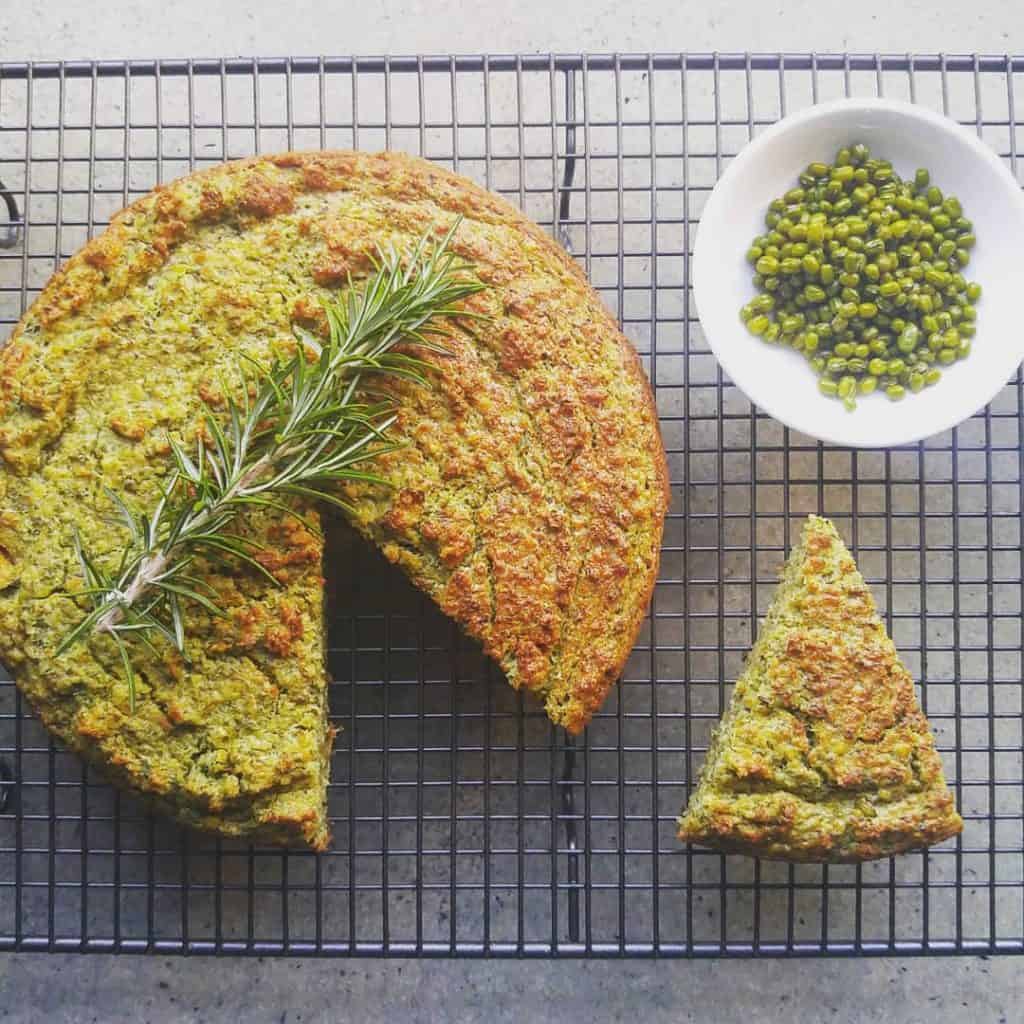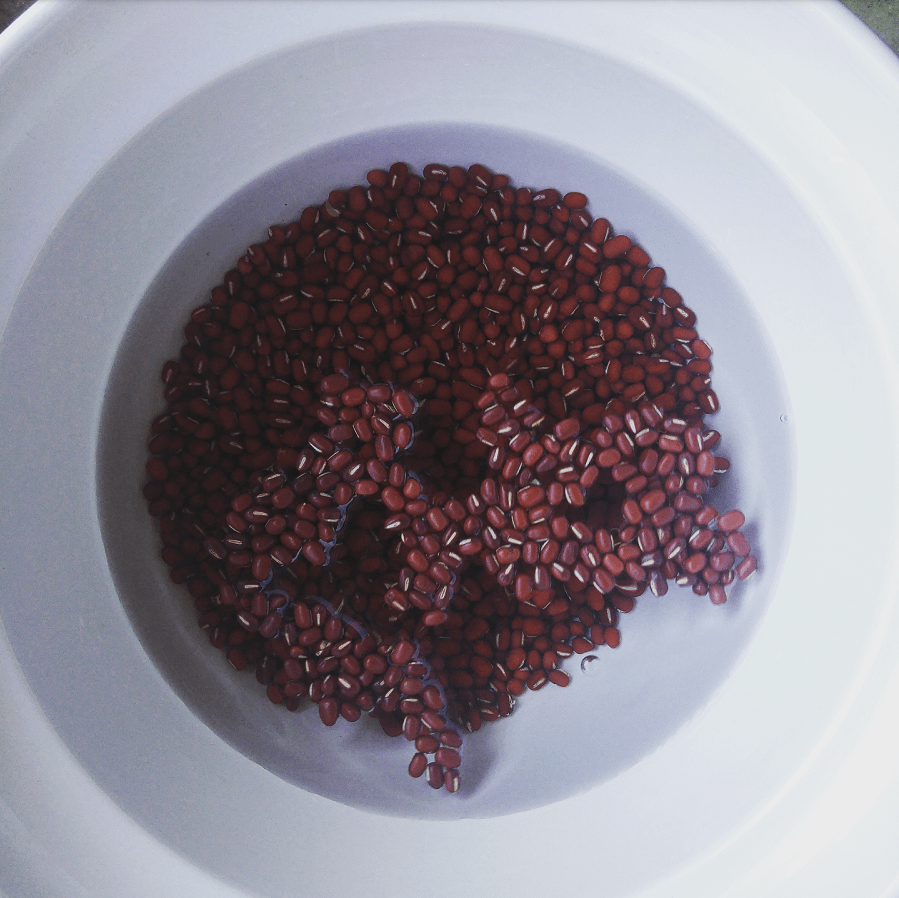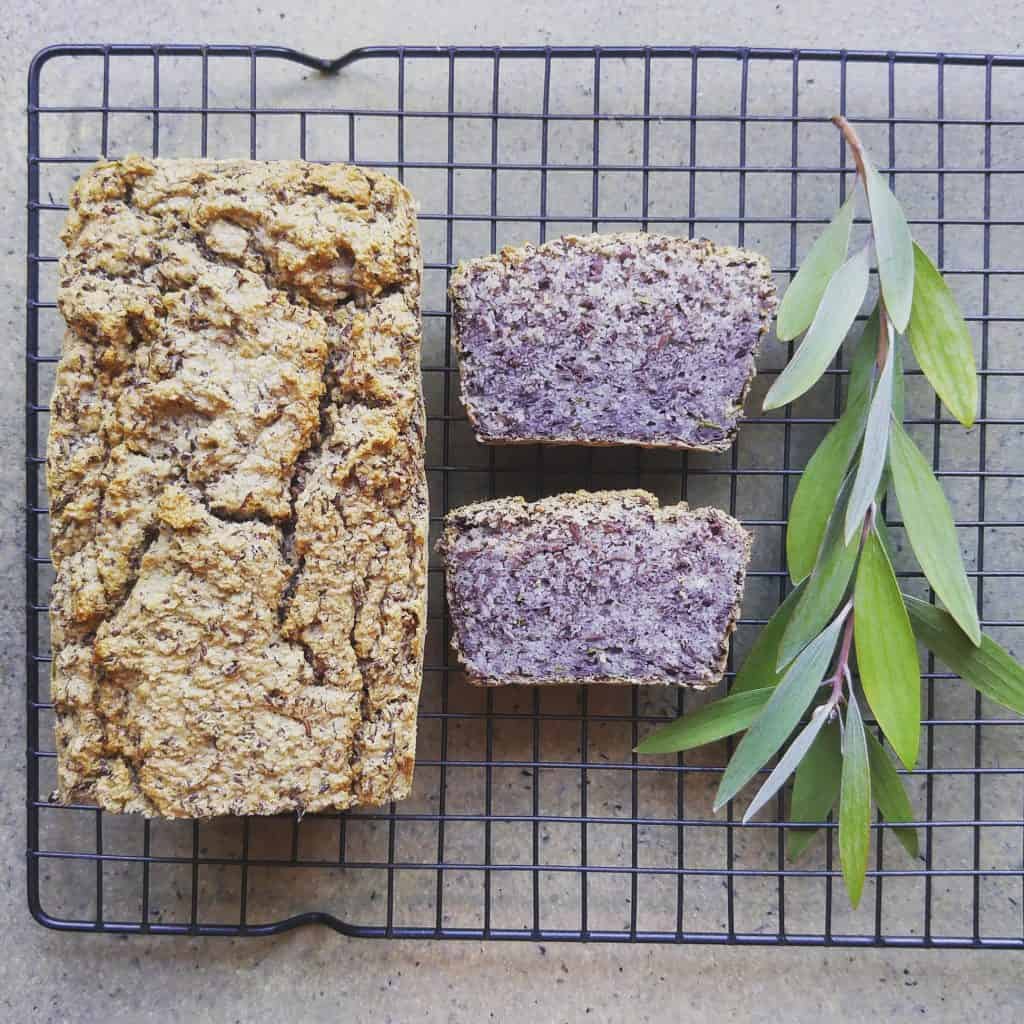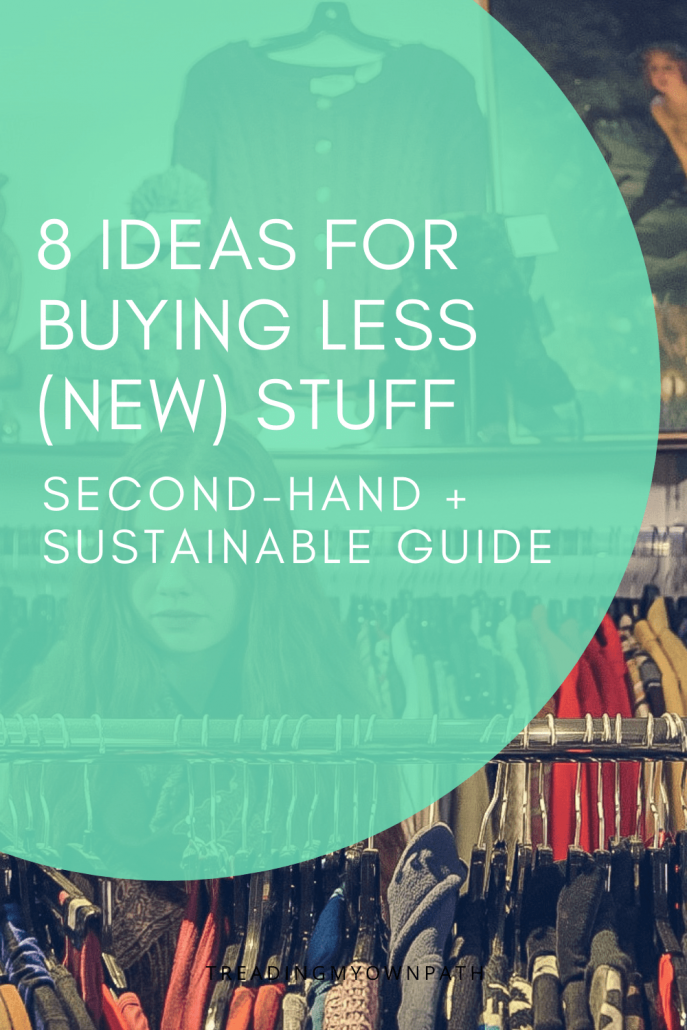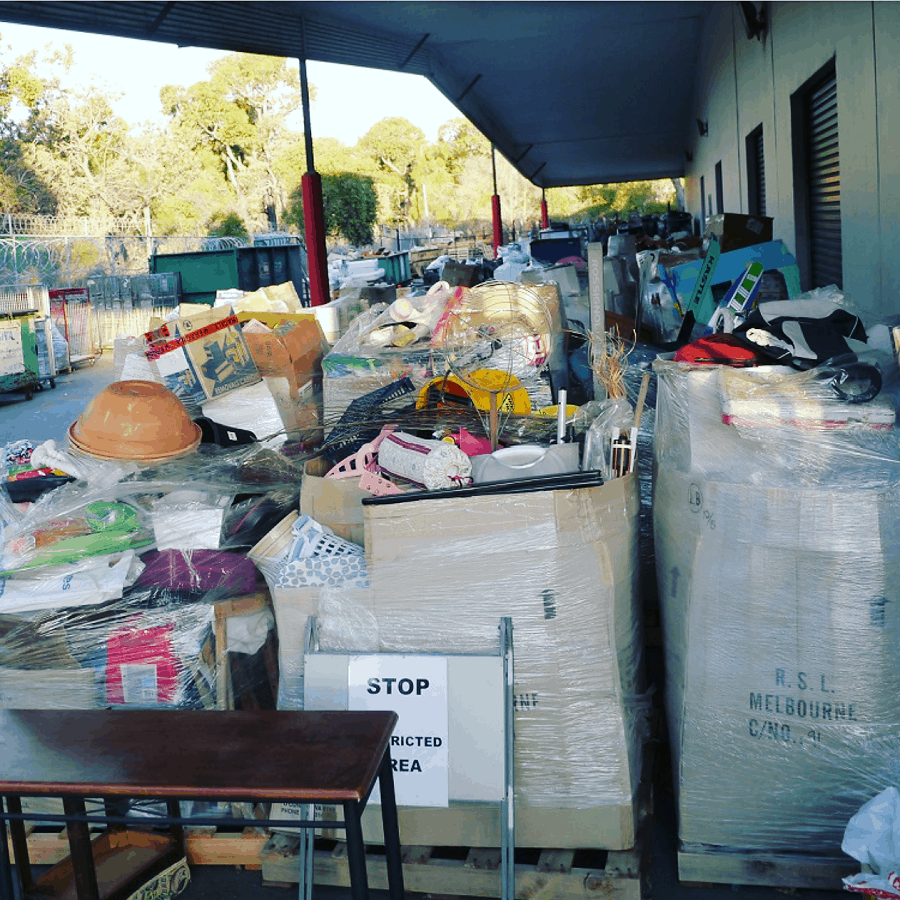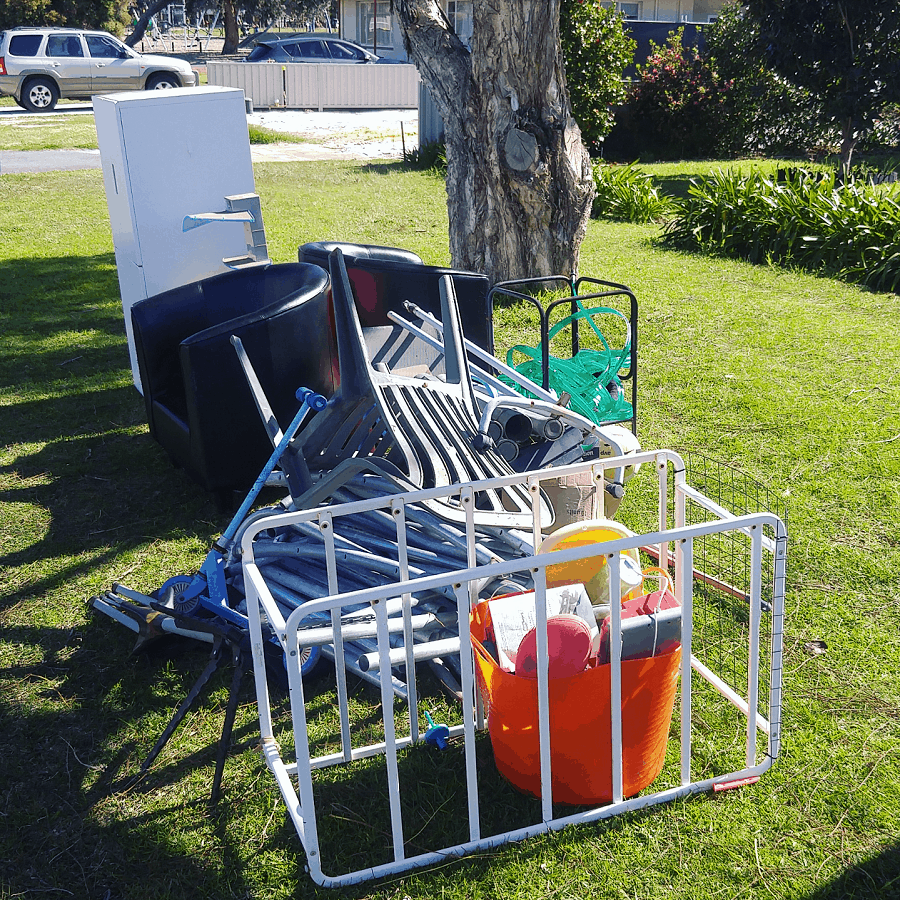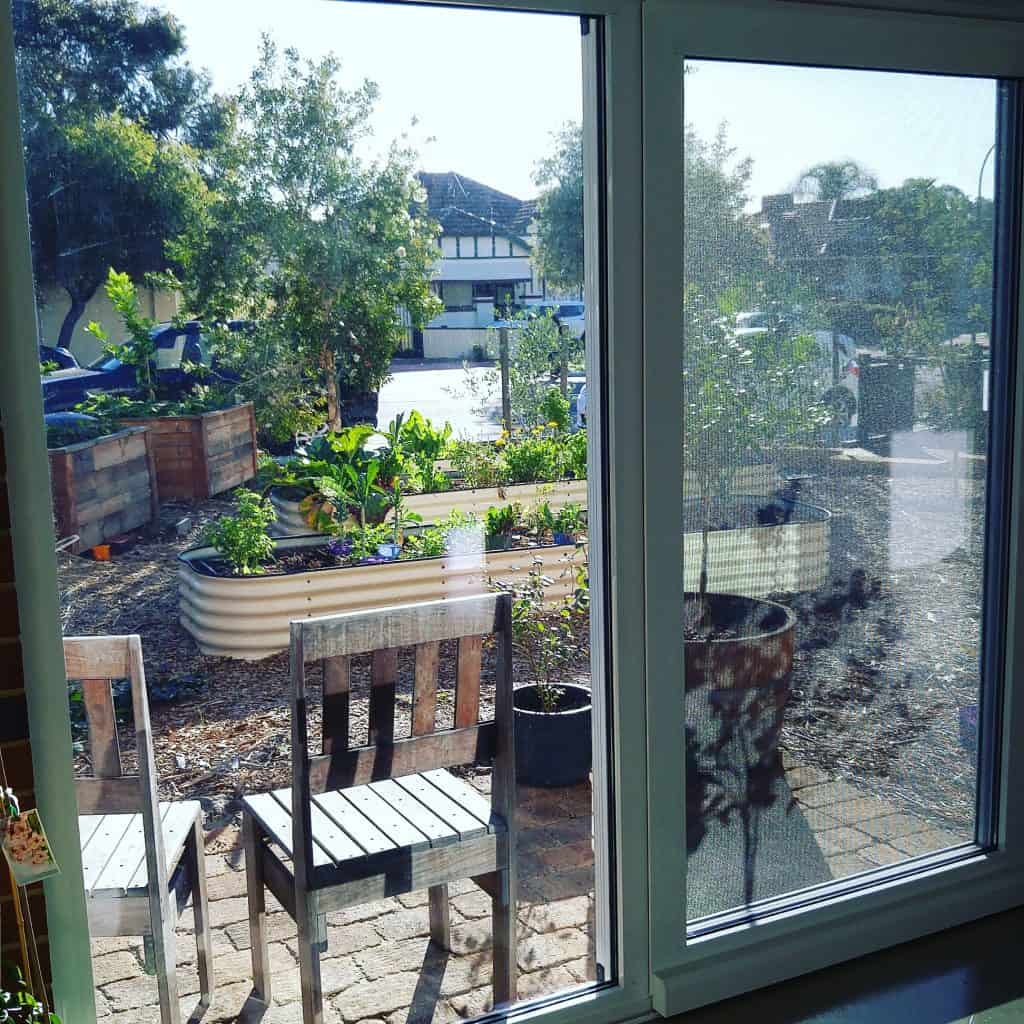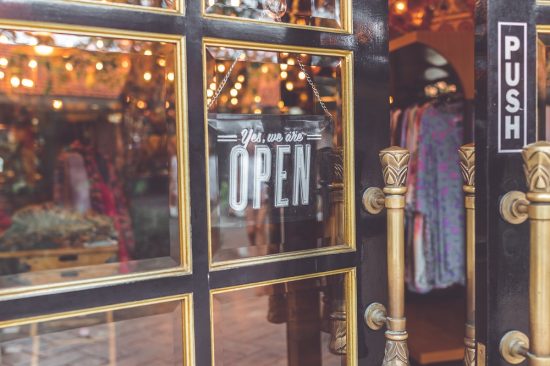How to Recycle Mobile Phones/Cell Phones (+ Why It Is Important)
The other day, I found a broken mobile phone popped into my letter box. (I’m not sure whether it was coincidence, or whether it was someone on the street who suspected I would recycle it properly). It was properly smashed up, and the chip and some other piece of hardware had been removed from the back (plus the battery and SIM card were missing).
I posted the picture on Instagram, along with the comment that I’d recycle it properly, and I was surprised at how many people messaged me to say “Wait…how do you recycle a mobile phone, anyway?”
Well, for the benefit of all those people, along with anyone else who is currently harbouring an old mobile phone collection in their underwear drawer, here’s the lowdown of not only how to recycle old mobile phones, but also why.
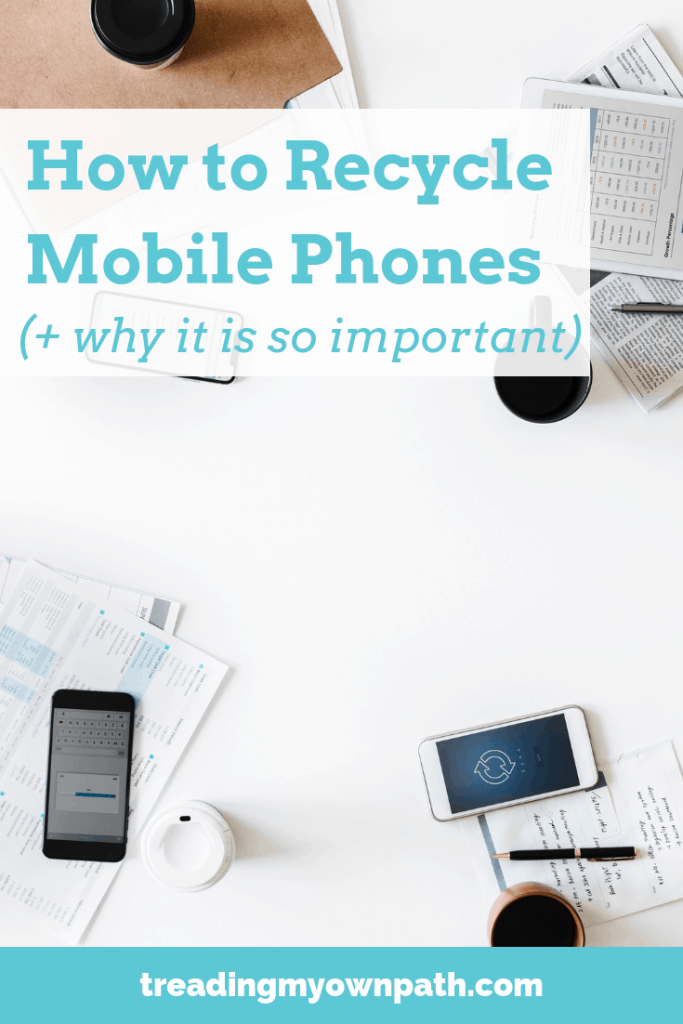
Why Recycle Old Mobile Phones?
Its important to recycle anything and everything, but when it comes to mobile phones, there’s even more reason. Phones contain metals – the average smartphone will contain around 62 different metals. Let’s not forget that most of these metals will have been mined from raw materials.
Phones contain small amounts of valuable metals, including gold, silver, platinum, palladium and copper.
They also contain rare earth metals. Across all smartphones, 16 out of 17 rare earth metals have been used. (The 17th, promethium, is radioactive.) They do things like make bright colours and allow our phones to vibrate.
Finally they contain tungsten, tantalum (produced from “coltan”) and tin. These 3 Ts are the three biggest conflict minerals, along with gold. Conflict minerals are those mined in areas of armed conflict, and traded to fund the fighting. Tungsten is used to make cellphones vibrate; tantalum stores electricity in capacitors; and tin is used as solder on circuit boards.
(If you’d a snapshot of the issues surrounding mining these minerals, this article is a powerful read.
So yes, recycling is always important, but it is especially important when we are talking about keeping valuable and rare metals in circulation, and reducing demand for newly mined conflict minerals.
Small amounts add up. When you think that it is estimated that there’s 5 million old mobile phones lying around in Australia alone, that’s a lot of rare and valuable metals going to waste.
How Do We Recycle Mobile Phones?
Mobile phones count as eWaste (electrical waste) and need to go to an eWaste recycler. Exactly how it works varies from place to place, so I’ve divided by country below.
Before recycling, consider whether the phone is still useful to someone, and whether it is better to sell or gift for re-use. It is better to pass it on to someone who can use it now than keep it just in case.
Technology dates fast. Worst case is you give it away and then need a replacement phone… guaranteed a friend or family member will have a spare one in their sock drawer.
If it’s broken or old, send it for recycling. The recycler may be able to refurbish it, so let them make the call.
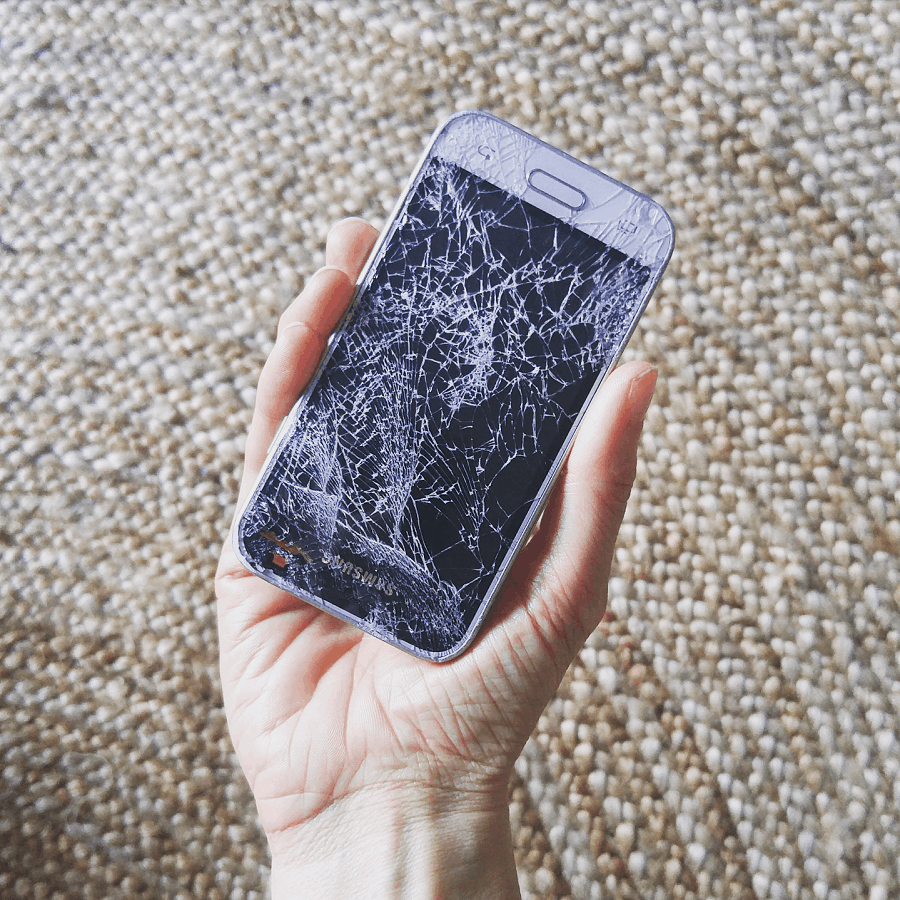
Recycling Mobile Phones in Australia
Mobile Muster is the product stewardship program of the mobile phone industry, accredited by the federal government. They have 3,500 drop-off points across Australia including at Telstra, Optus and Vodafone stores, some libraries, council buildings and transfer stations. (Their website has a search function to find your closest location.)
If there is no suitable location, Australia Post outlets will provide free satchels to mail the phone for recycling.
It’s also possible to recycle batteries, chargers and headphones through this program.
Mobile Muster is voluntarily funded by all of the major handset manufacturers and network carriers to provide a free mobile phone recycling program in Australia.
Other private eWaste recyclers also exist. If you’re in Perth, Total Green Recycling are an award-winning and environmentally responsible eWaste recycler that accept mobile phones for recycling.
Recycling Cell Phones in the US
There are a couple of online databases to help you find a recycling drop-off point close to you. Earth 911 is one of North America’s most comprehensive recycling databases, and has over 20 pages of listings for mobile phone recycling alone.
e-Stewards certification is an accredited, third-party audited, certification program for electronics recyclers, refurbishers and asset managers. It identifies the most globally responsible recyclers and attracts customers who care about data security, brand protection, human rights and environmental justice. There is an e-Stewards recycling database to check what’s local to you.
Many mobile phone shops will also take cell phones for recycling, so check with your closest store.
Recycling Mobile Phones in the UK
Oxfam run a mobile phone recycling service, where phones can be dropped off in-store – the proceeds go towards running their projects.
Alternatively, if you can’t get to a store, Oxfam have charity-partnered with Fonebank to allow you to recycle your old phone via mail. (Fonebank have also partnered with the National Trust, Water Aid and Plan UK.
Most of the major phone network providers will also allow customers to drop off phones for recycling in store.
Of course, mobile phone recycling is happening worldwide. If you’re from a country not listed above, please let us know where mobile phones can be recycled where you live.
Let’s get those unused mobile phones out of sock drawers and those materials back into useful circulation!
Now I’d love to hear from you! Do you have a stockpile of old phones sitting at home waiting for inspiration to strike? Do you have any other suggestions for recycling mobile phones? Are there any other tricky items you’d like to know how to recycle? Any other thoughts? Please share in the comments below!




